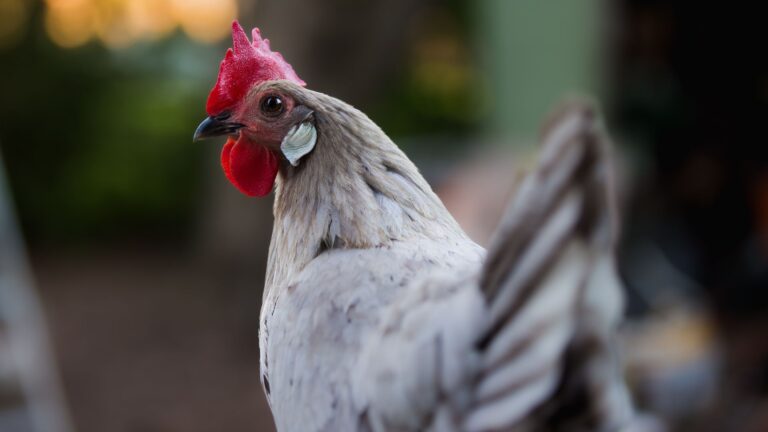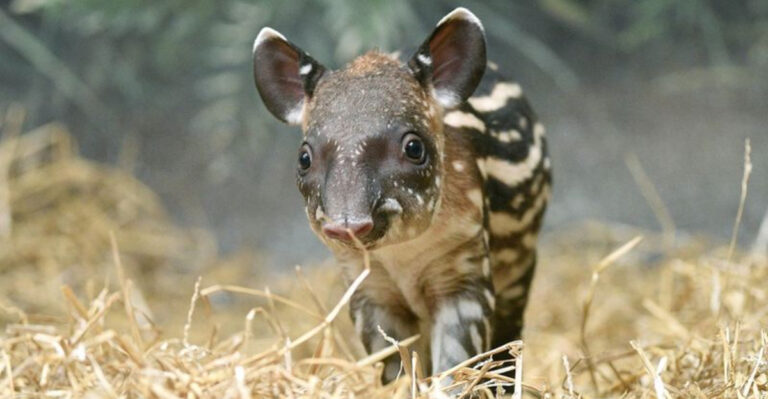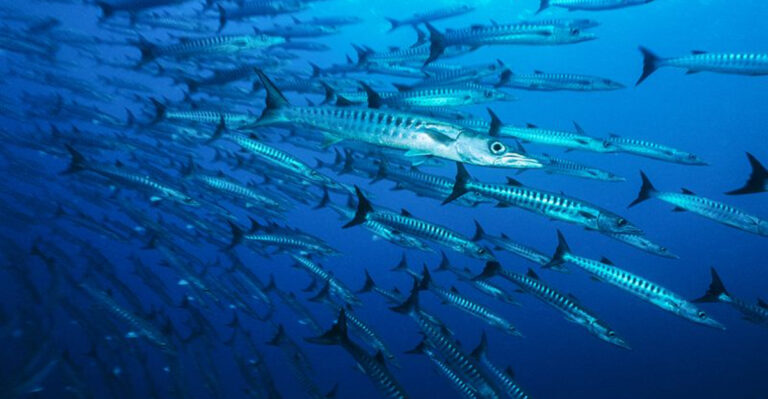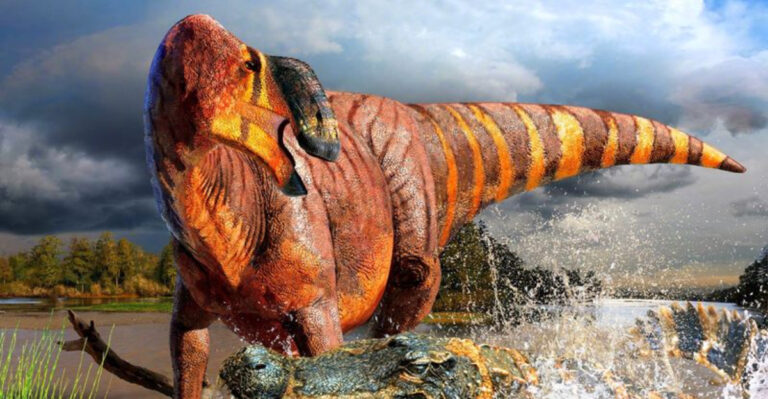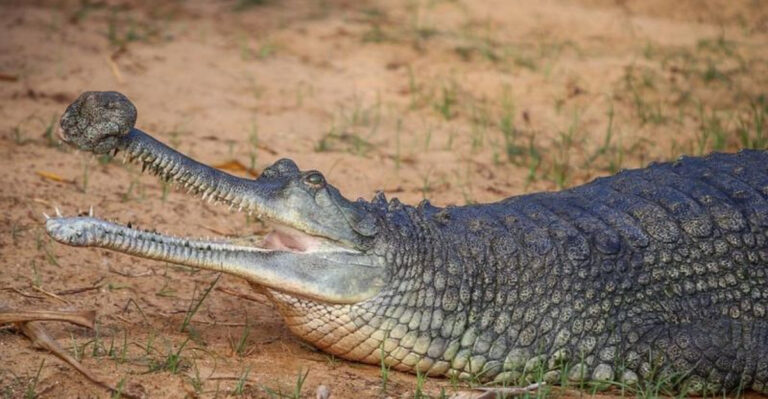7 Highest Flying Birds Across North America
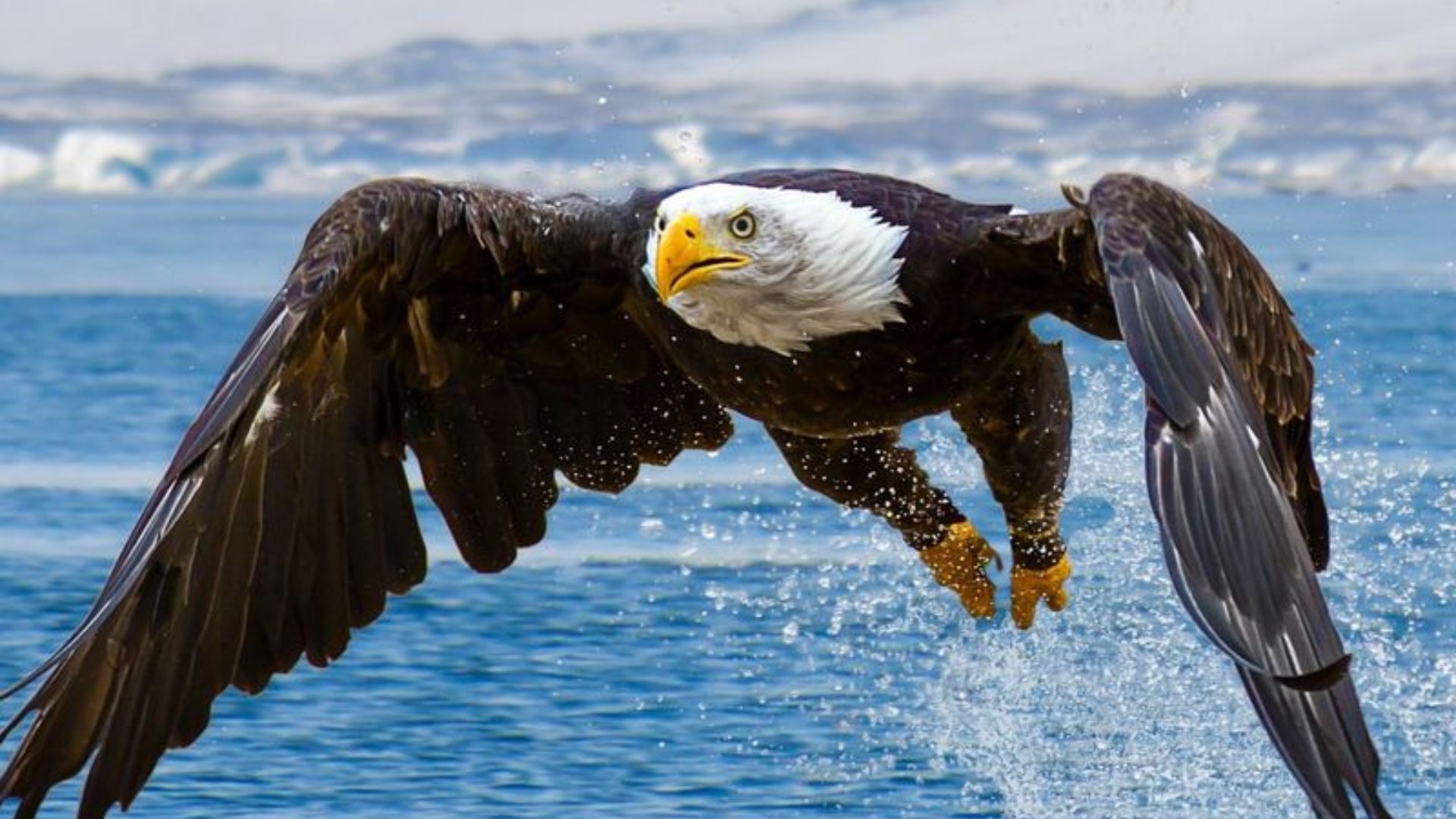
North America is home to some of the most remarkable avian species that grace the skies with their incredible height and elegant flight.
These birds are not only a marvel to ornithologists but also to anyone who looks up and wonders what it must be like to soar so high. From majestic eagles to the more petite yet mighty falcons, these birds have adapted wonderfully to the demands of high-altitude flight.
Each species has its own unique traits that allow it to become a master of the skies. Today, we will explore these birds that reach stunning heights, captivating us with their grace and resilience.
1. Bald Eagle
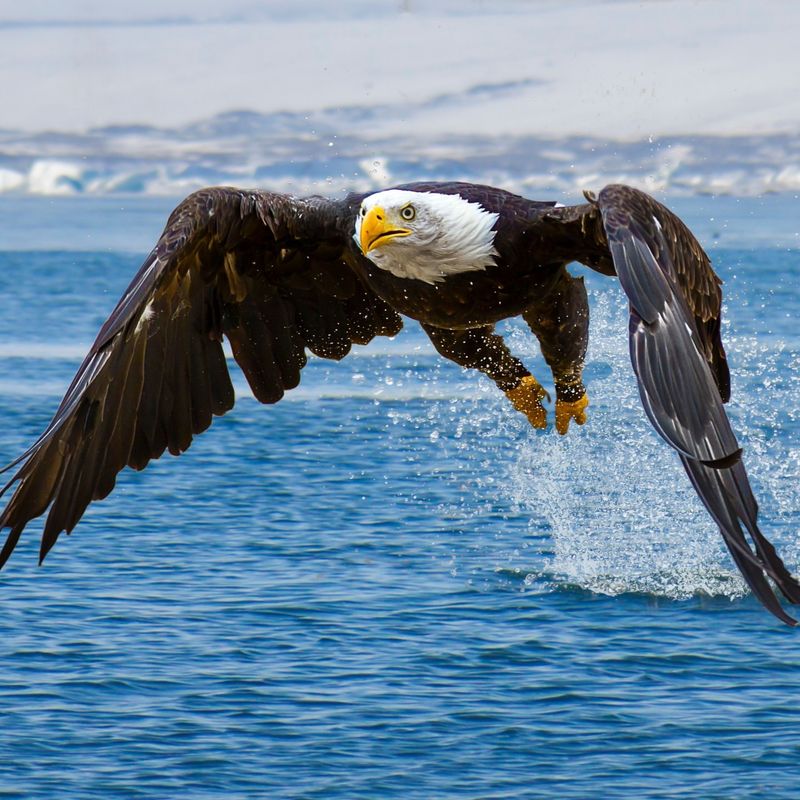
The Bald Eagle, a symbol of national pride in the United States, is renowned for its impressive flying capabilities. With a wingspan ranging from six to seven and a half feet, these birds thrive in the open skies.
They are often spotted gliding effortlessly over large bodies of water or mountainous regions, like the Rockies, searching for their next meal. The Bald Eagle primarily feeds on fish, which it snatches from the water with incredible precision.
Adaptations like strong talons and keen vision enable the Bald Eagle to excel at high altitudes. Its eyesight is four to five times sharper than that of humans, allowing it to spot prey from great distances. This remarkable vision is critical for hunting and navigation.
Apart from its physical attributes, the Bald Eagle’s ability to soar to altitudes of 10,000 feet is largely due to its lightweight skeleton, hollow bones, and large lungs.
These features ensure efficient oxygen use and reduce energy expenditure during flight. The Bald Eagle’s majestic presence and flying prowess continue to captivate birdwatchers and nature enthusiasts across North America.
2. California Condor
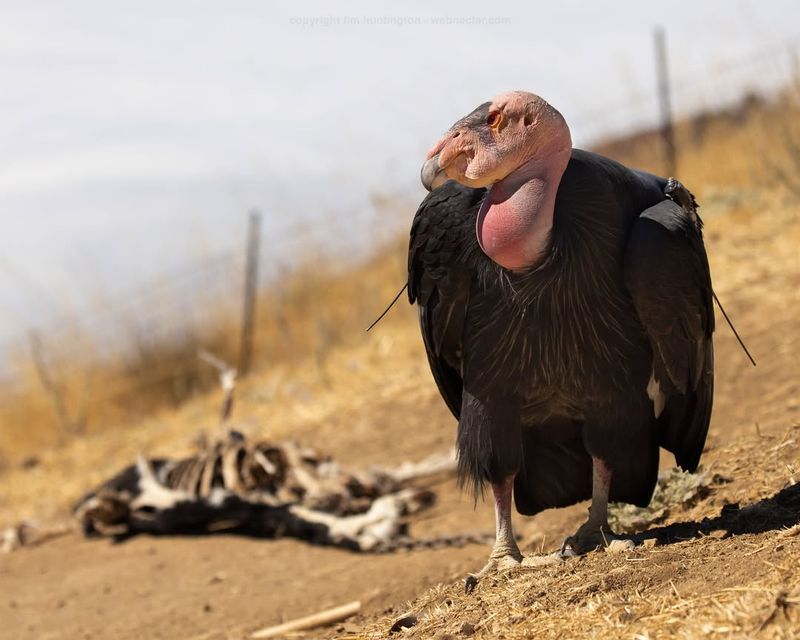
The California Condor is one of the largest flying birds in North America, with an impressive wingspan of up to nine and a half feet.
These magnificent birds are often seen soaring above the Grand Canyon and other vast landscapes, utilizing thermal updrafts to maintain altitude with minimal effort. Their flight is a breathtaking sight, as they glide with grace and minimal wing flapping.
Condors have a predominantly black plumage with striking white patches under their wings, visible when they are in flight. They are scavengers, feeding primarily on carrion, which they locate using their keen eyesight from high altitudes.
The California Condor’s ability to reach heights exceeding 15,000 feet is facilitated by its specialized respiratory system, which efficiently extracts oxygen even at high elevations.
Their keen sense of smell, combined with excellent vision, plays a crucial role in locating food sources across vast terrains. Conservation efforts have been pivotal in bringing these incredible birds back from the brink of extinction, ensuring that their awe-inspiring flights continue to inspire future generations.
3. Peregrine Falcon
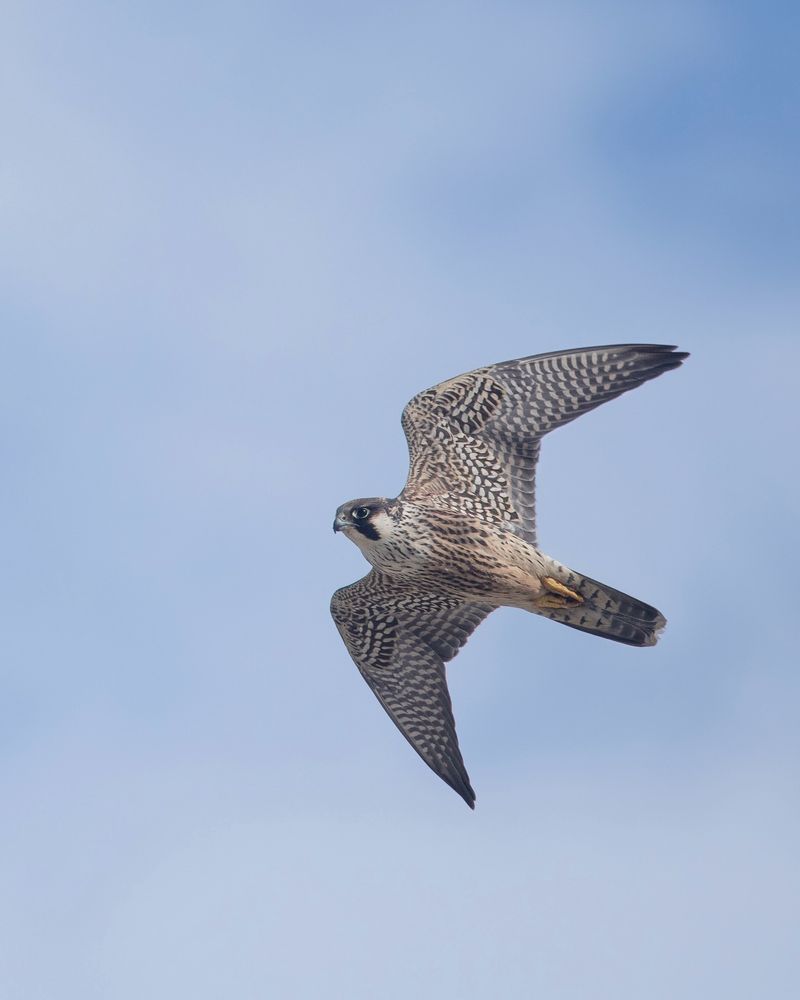
The Peregrine Falcon is famous for its speed and agility, often referred to as the fastest bird in the world. These birds can reach astonishing speeds of over 240 miles per hour during their characteristic hunting stoop (high-speed dive).
While their speed is legendary, Peregrines are also adept at high-altitude flight, often seen soaring at heights of over 3,000 feet. This adaptability allows them to thrive in various environments, from coastal cliffs to urban skylines, where they perch on tall buildings.
Their sharp, pointed wings and streamlined bodies make them incredibly aerodynamic, reducing drag during flight.
This bird of prey utilizes its acute vision to spot and capture smaller birds mid-air. The Peregrine Falcon’s unique ability to handle both high-speed chases and high-altitude flights showcases its incredible versatility and skill.
Conservation efforts have been instrumental in the recovery of Peregrine populations, especially in urban areas where they have adapted to nesting on skyscrapers. Their presence in cities offers a fascinating glimpse into the adaptability of wildlife in modern, human-dominated landscapes.
4. Swainson’s Hawk
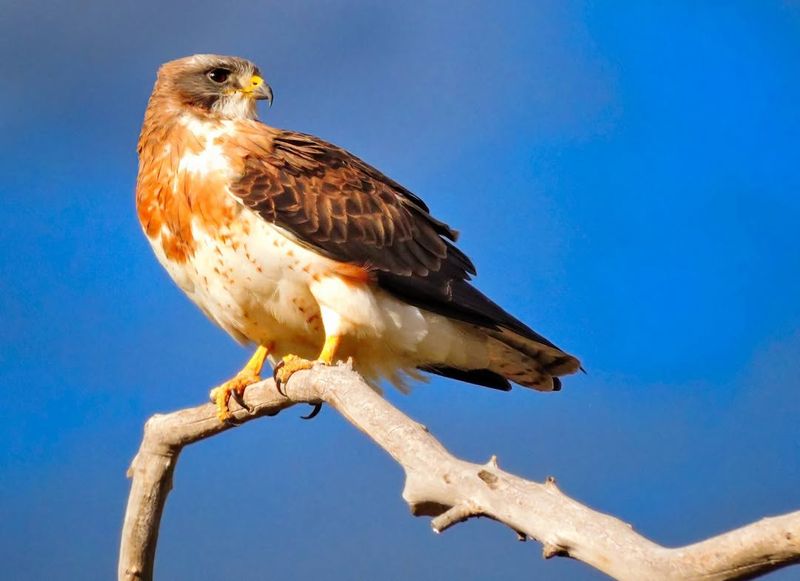
Swainson’s Hawk is a remarkable migratory raptor known for its long flights and impressive altitudes. These birds are often seen riding thermals over the Great Plains, reaching heights of up to 10,000 feet.
The Swainson’s Hawk possesses a striking appearance, with a two-tone plumage of brown and white. This coloring provides excellent camouflage in its natural habitat, blending seamlessly with the landscapes below.
They primarily feed on insects and small mammals, which they hunt with precision from the sky.
During migration, Swainson’s Hawks travel thousands of miles to and from their breeding grounds in North America to their wintering habitats in South America.
Their journey is one of the longest migrations in the raptor world. The ability to soar at high altitudes during these migrations is crucial, as it allows them to conserve energy by riding thermal currents.
This efficient mode of travel showcases their adaptability and resilience, making them a fascinating subject for bird enthusiasts and researchers alike. Their migratory paths and high-altitude flights contribute to our understanding of avian navigation and endurance.
5. Andean Condor
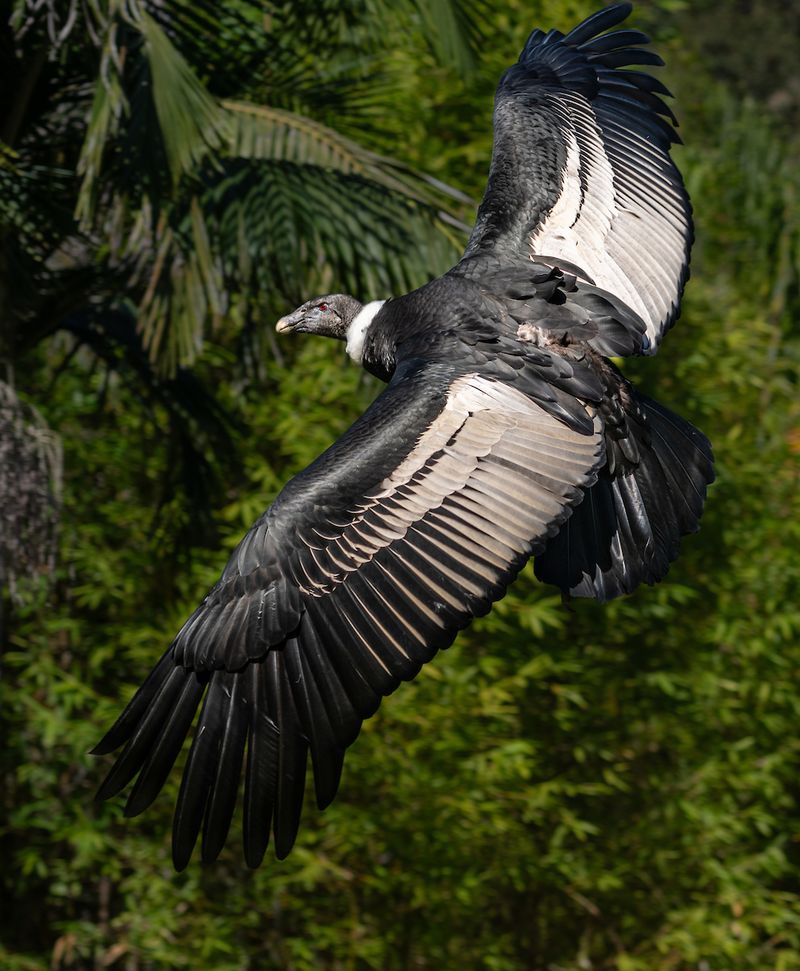
Although primarily found in South America, the Andean Condor occasionally graces the skies of North America, especially in the northern reaches of the Andes. Known for its impressive wingspan of up to 10 feet, this bird is a master of high-altitude flight.
The Andean Condor’s plumage is mostly black, with a distinctive white collar of feathers around its neck. Their wings have white bands, visible when they are in flight. These birds can soar at altitudes reaching 15,000 feet, effortlessly gliding on air currents for hours.
Condors are scavengers, feeding primarily on carrion, which they can spot from considerable heights thanks to their excellent vision. They play a crucial ecological role by cleaning up carcasses, thus preventing the spread of disease.
The Andean Condor’s ability to travel long distances without flapping its wings is due to its adaptation to thin air. This remarkable feat makes it one of the most efficient avian gliders.
Conservation programs are vital for ensuring the survival of these majestic birds, whose high-flying presence continues to mesmerize those lucky enough to witness them.
6. Golden Eagle
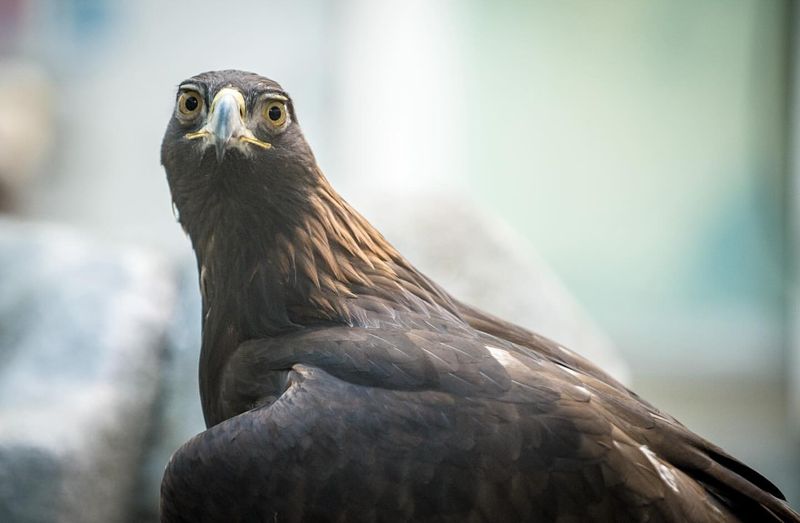
The Golden Eagle, with its regal golden-brown plumage, is one of North America’s most powerful aerial predators. These majestic birds are often seen soaring at altitudes of up to 10,000 feet, where they scan the terrain below for prey.
Their broad wings and strong build allow them to effortlessly glide over mountainous landscapes, such as the Rockies and the Sierra Nevada. Golden Eagles are known for their hunting prowess, capable of taking down large prey like deer or foxes with their powerful talons and beak.
These eagles are highly territorial and often cover vast areas in search of food. Their keen eyesight, which is among the best in the animal kingdom, allows them to detect movement from miles away. This visual acuity is essential for spotting prey.
Golden Eagles’ high-altitude flights and impressive hunting skills make them a symbol of strength and freedom. Birdwatchers and nature lovers admire their grace and power as they soar across North America’s open skies, embodying the wild beauty of the continent’s diverse ecosystems.
7. Turkey Vulture
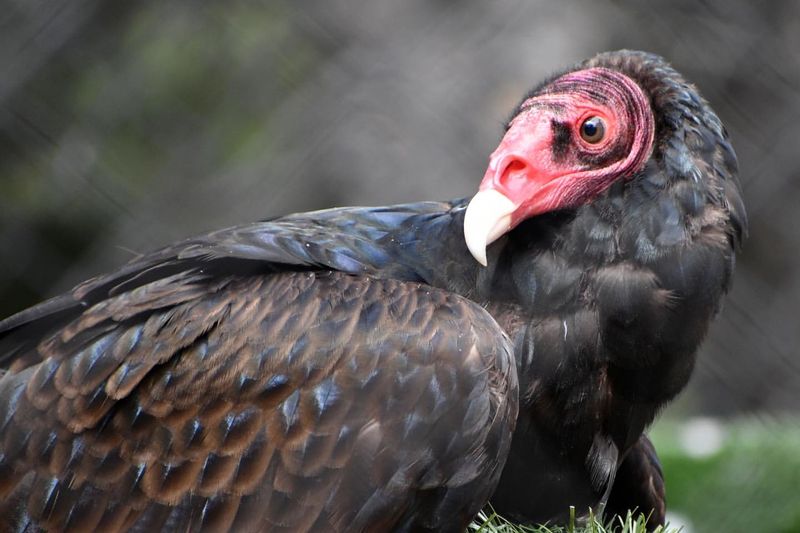
The Turkey Vulture, with its distinctive red head and broad, dark wings, is a common sight across North America. These scavengers are known for their remarkable ability to soar at high altitudes, reaching up to 10,000 feet.
Turkey Vultures rely heavily on their sense of smell, which is highly unusual among birds. This keen olfactory ability allows them to locate carrion from great distances, making them effective at cleaning up carcasses and preventing disease spread.
Their large wings enable them to ride thermal currents with minimal effort, often seen gliding in circles as they survey the landscape below. This efficient mode of flight allows them to travel long distances without expending much energy.
While not the most glamorous of birds, the Turkey Vulture plays a vital ecological role. Its high-flying abilities and unique adaptations make it a fascinating subject for bird enthusiasts.
Observing these vultures in their natural habitat offers insights into the complex dynamics of avian life and the interconnectedness of ecosystems.

